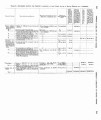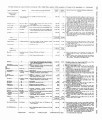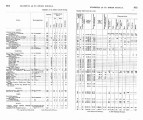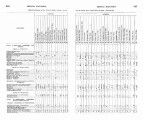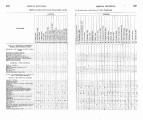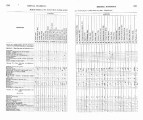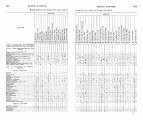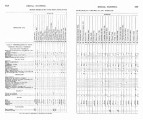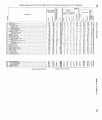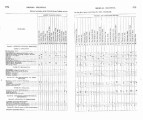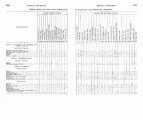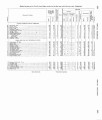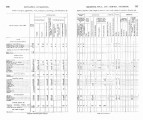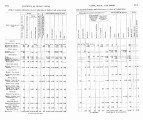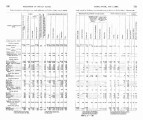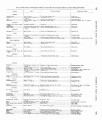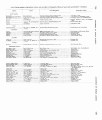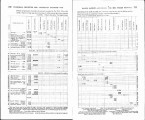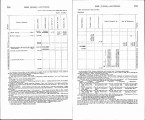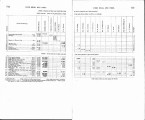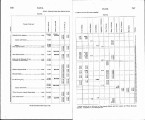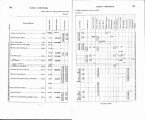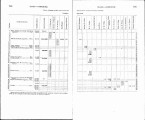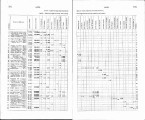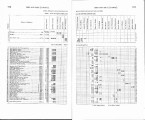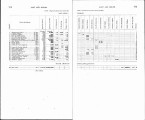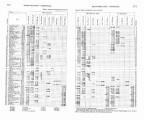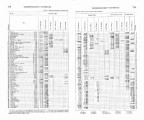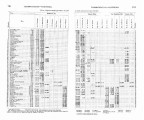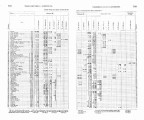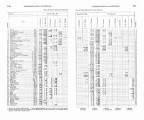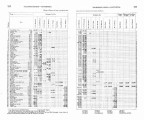| OCR Text |
In 1892 the total rainfall mas 109 inches. In 1SG5 Indiau A ~ e n t Webster wrote: "One huudred aunle and almost impenetlable forest, chiefly of spruce a~i dI~ einloclim, itt1 m dense undergrowth of wild crab a,pple, mild currants, alder, elder, rasp-berry, and mild rose bushes. The only land belonging to the Makahs soitable for cultivation is at Tsuess, where a sinall open lwarieof sandy loain furnishes opportnnity for a little farming. Another open spot is on a hill at Flattery Rocks, mhere the Indians raise some pot~toes; and several acres at Neah Bay have beeu clearedfrom the forest at great expense for the nse of reservation officers and employes. The experi-ments made demonstrate the impracticability of raising other c:rops here than potatoes, tornips, and cabbage. The humidity of the climate and the ocean fogs make it impossible to ripen cerea.lsa.nd difficult to curehay. The surest method of benefiting these Indians is by aiding them in their fisheries. I know of no other tribe on the Pacific coast snbjcct to the control of the Indian Department so pecnliarly situated as are the Makahs; they are an anomaly among the tribes. The waters of the Pacific and of the strait of Juan de Fuca teem mith life-whales. (fourcaptnred this year and elevcu last), seal, halibut, cod, salmon, and a variety of smadl fish-which constitute the principal food of these Indians. What the buffalo mas to the Indians of the plains fish a1.e to the Indians of the sound. Nor are the people content to procnre a scanty snpply, but collect m abnndance for trade. Oil and furs are sold to the mhites and dried fish to other Iudians. There are "fishing banks," abont 15 miles away on the ocean, mllich within a few years the Makahs have visited mith their schooners; ordinary can not often venture there. Considering tlic unfavorable climate, the ruggedness of the land, the necessarily limit.ed husbandry, the habits and cnstoms of the peo-ple consequeut upon their situation, it is the part of wisdom to ernploy the means at hand and to teach these Indians the white man's way of oondncting fisheries. Thiv industry is a constant soiirce of snpply during the. year. It monld be worse than folly to attempt to induce these expert fishermeu to become a,tribeof Farmers. The sealing busi-ness is profitable, and! ~uider tire rise conusels of Indian Ageut Mc- Glinn, the Malrahs have beeu initiated into the nlysteries of sealing. Last year they had five schooners engage& iu this work; this year they have nine. These vessels are not Iarge but \<-ell adspted tothe work. The nine vessels represent 313 tons, are inrnnecl by 180 Inen (entirely Indians), and omued by tl~elfakahs. Thecatch last year \Tas 1,735 seals, mortli about $20,000. r
|








































































































































































